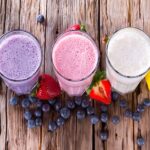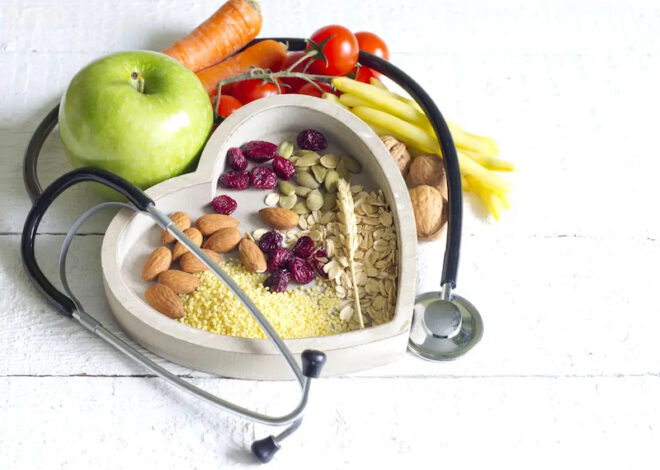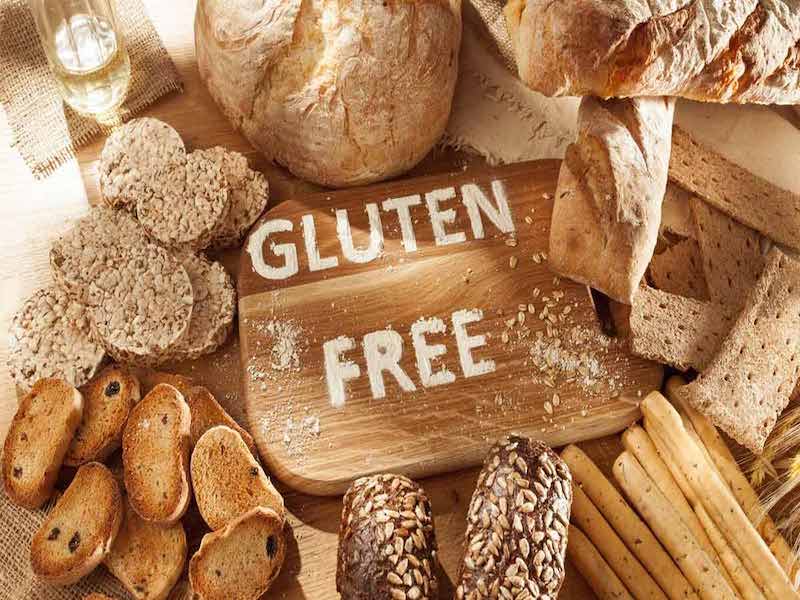
The gluten-free diet: Benefits, foods and menu planning
The gluten-free diet has become a popular diet trend, not just for people with celiac disease but also for many health-conscious people. Eliminating gluten—a protein found in wheat, barley, and rye—can bring many health benefits, from improved digestion to increased energy. In this article, Evaworlds will explore the benefits of a gluten-free diet, and a list of foods to include in the menu. Let’s find out.
What is a gluten-free diet?
A gluten-free diet is a nutritional method that eliminates gluten protein from the diet. Gluten is a protein found in grains such as wheat, barley, and cooked barley. It may cause allergic reactions or intolerance in people with celiac disease or some degree of gluten intolerance.
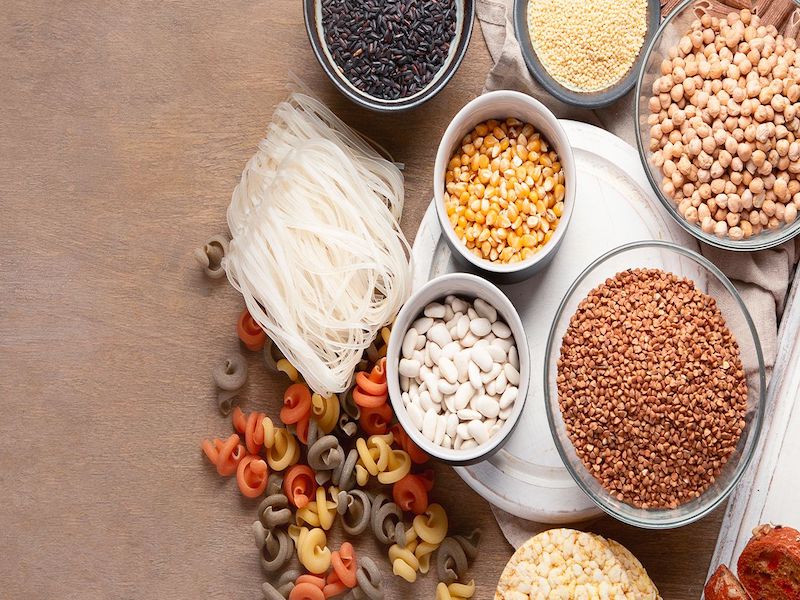
Why should you follow a gluten-free diet?
Below, Evaworlds will share the reasons why you should choose a gluten-free diet:
- For people with celiac disease: A gluten-free diet is necessary for people with celiac disease, an immune disorder in which gluten consumption can cause damage to the lining of the small intestine.
- For people with gluten intolerance: People with gluten intolerance also need to limit or eliminate gluten from their diet to avoid unpleasant symptoms such as abdominal pain, diarrhea, or nausea.
- Improved overall health: Some people without celiac disease or gluten intolerance also switch to a gluten-free diet in hopes of improving their overall health, including reducing obesity, improving digestion, or reducing other symptoms. allergic skin problems.
A gluten-free diet needs to be designed in a balanced way to ensure adequate nutrition for the body. These include alternative barley varieties such as brown rice, quinoa, cashews, and nutrient-rich fruits and vegetables.
See more:
- What is a high-protein diet? Benefits and suggestions for 15+ protein-rich foods
- Fodmap diet: Solution for irritable bowel syndrome (IBS)
- What is the TLC Diet? Detailed 7-day menu suggestions and some important notes
10 healthy gluten-free foods
The gluten-free diet is increasingly popular because of the health benefits it brings. However, choosing the right foods for this diet can be difficult for some people. Here is a list of 10 healthy gluten-free foods that you can easily find:
- Fruits and vegetables: Most fruits and vegetables are gluten-free, including apples, bananas, oranges, carrots, broccoli, sweet potatoes, etc. These are all good sources of gluten. Rich in vitamins, minerals and fiber, very good for overall health.
- Meat, fish, and eggs: Fresh meats, fish, and eggs are gluten-free. These are sources of high-quality protein that help the body build and maintain muscle.
- Nuts and seeds: Most nuts and seeds are gluten-free. You can choose nuts such as almonds, walnuts, chia seeds, flax seeds, etc. These are rich sources of protein, fiber, healthy fats and vitamin E.
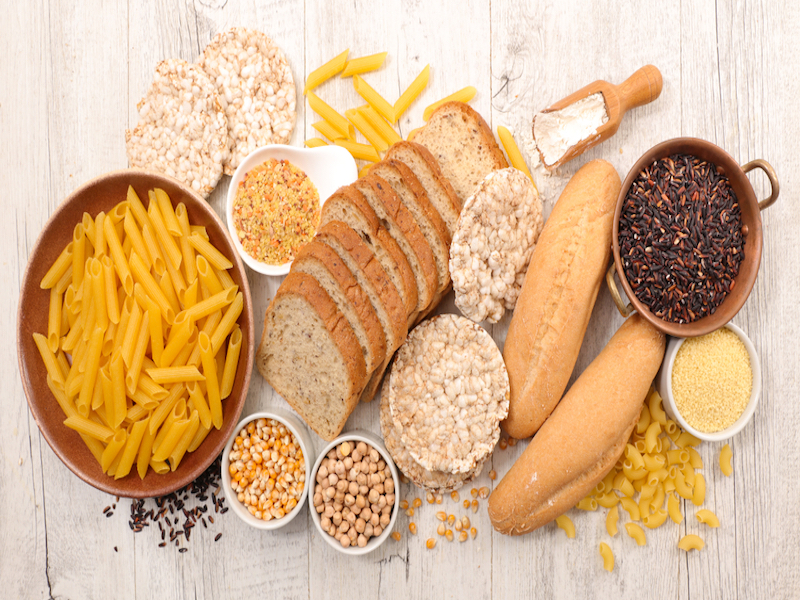
- Brown Rice: Brown rice is a gluten-free whole grain rich in fiber, vitamins, and minerals. You can replace brown rice with white rice in daily dishes.
- Quinoa: Quinoa is a pseudograin rich in protein, fiber, and other essential nutrients. Quinoa can be cooked like rice and used in many different dishes.
- Oats: Whole grain oats are gluten-free grain rich in fiber, beta-glucan, and B vitamins. Oats are also great for breakfast or a snack.
- Corn: Corn is a gluten-free grain rich in fiber, vitamins, and minerals. Corn can be eaten fresh, roasted or used in various dishes.
- Sweet potatoes: Sweet potatoes are a food rich in fiber, vitamins A and C, and potassium. Sweet potatoes can be baked, boiled, or used in different dishes.
- Milk and dairy products: Milk, yogurt, cheese, and other dairy products are gluten-free. These are rich sources of protein, calcium, and vitamin D.
- Beans: Beans such as black beans, red beans, and lentils are gluten-free and are good sources of protein, fiber, and B vitamins. Beans can be cooked into soups, and salads or used in different dishes.
See more:
- What is the South Beach Diet? Benefits and the most complete menu suggestions
- Gout diet: Menu suggestions for a nutritious week
- Benefits of lemon water you may not know
The Gluten-free diet menu
Here is the gluten-free diet menu:
Breakfast:
- Fried egg sandwich with brown rice bread (gluten-free)
- Greek yogurt with fruit and gluten-free granola
Lunch:
- Chicken breast salad with vegetables
- Lentil soup
- Grilled salmon with sweet potatoes
Dinner:
- Stir-fried beef with broccoli
- Braised tofu
- Vermicelli with tofu and shrimp paste (using rice vermicelli)
Extra meal:
- Nut milk
- Nuts
- Fruit
Some notes when applying a gluten-free diet
- Read food ingredients carefully before buying: Always read the ingredient label on the product to ensure it does not contain gluten. Pay attention to ingredients such as barley, wheat, or flour products.
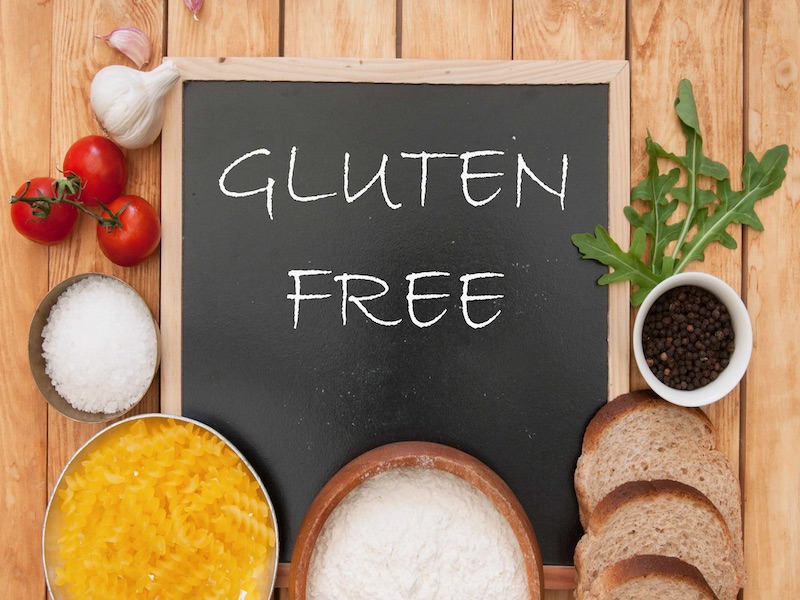
- Use separate cooking utensils: To avoid gluten contamination from cooking utensils. You should have separate utensils for gluten-free dishes.
- Eat at home regularly: Preparing meals at home will help you strictly control the ingredients and ensure safety for a gluten-free diet.
- Bring snacks when going out: Especially when traveling or going out to eat, you should bring gluten-free snacks to avoid unexpectedly eating gluten-containing foods.
- Consult your doctor or nutritionist: If you have any questions about the gluten-free diet or need detailed instructions, consult your doctor or nutritionist.
Conclusion
A gluten-free diet has many great benefits for people with celiac disease or gluten sensitivity, helping to improve digestive health and increase energy.
By choosing the right products such as vegetables, fruits, meat, fish, and alternative grains such as rice, and quinoa, you can build a healthy and diverse menu. If you have any other questions, please comment below Evaworld’s article.



